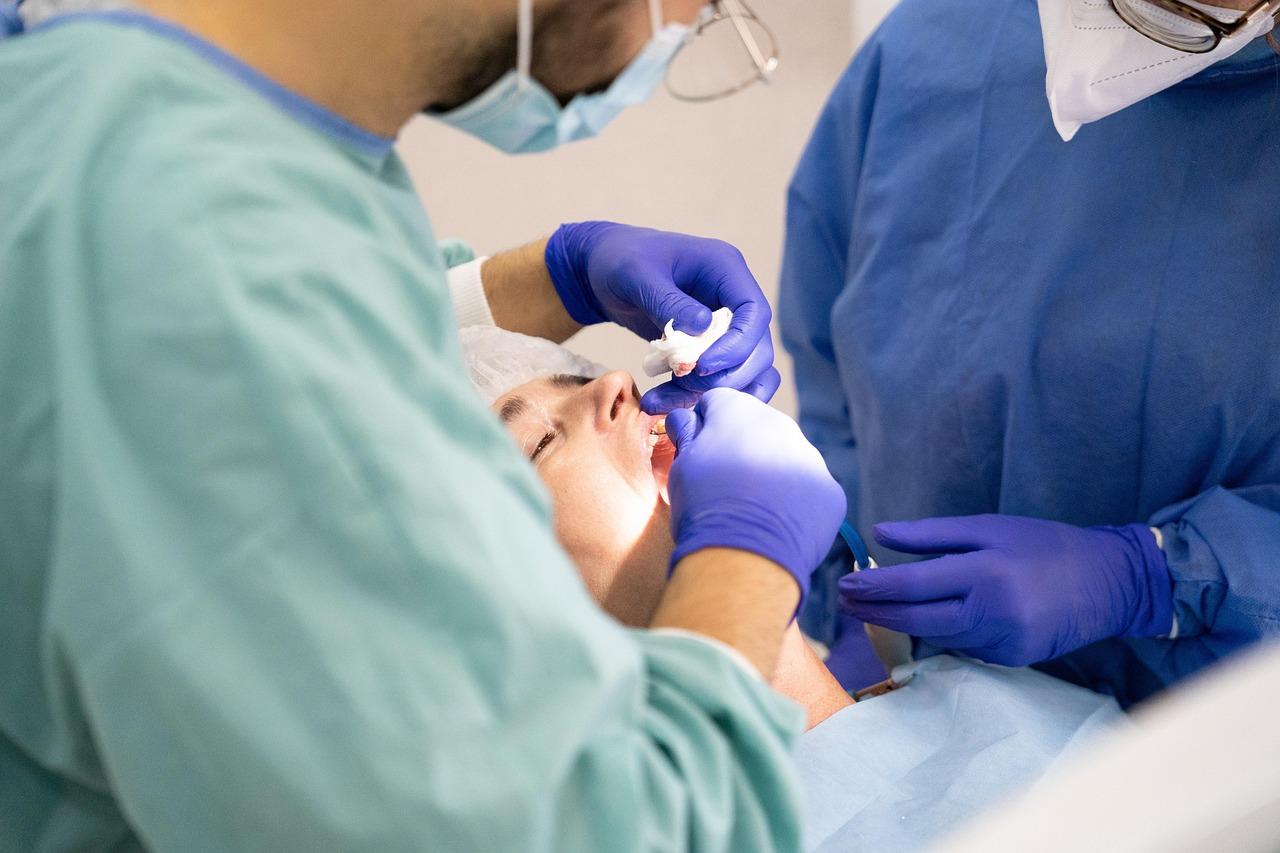Introduction:
Underneath the sterile glare of dental lights, a silent transformation takes place—one that promises renewed confidence and a revitalized smile. Dental implant surgery, often heralded as a beacon of modern dentistry, invites individuals to leave behind the discomforts of tooth loss and embrace a fresh beginning. However, much like planting a seed that requires care to flourish, recovery after this intricate procedure demands attention, patience, and understanding. In this article, we’ll delve into the essential tips and realistic timelines that will guide you through your recovery journey, ensuring that your path to enduring oral health is as smooth as your new smile will be. Join us as we uncover the intricacies of post-operative care, setting the stage for both healing and rejuvenation.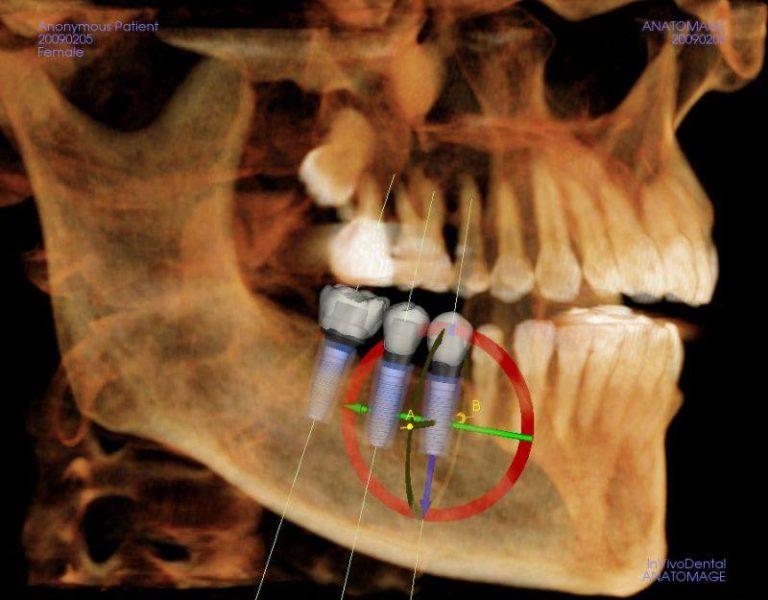
Navigating the Immediate Post-Surgery Phase: What to Expect
After your dental implant surgery, you may feel a mix of excitement and apprehension about the recovery process. It is crucial to understand that the immediate post-operative phase is vital in ensuring the success of your dental implants.For the first few hours after surgery, you might experience some discomfort and swelling. This is fully normal and can be managed effectively with proper care. It’s recommended to follow your oral surgeon’s post-operative instructions closely, which often include:
- rest and relaxation: Allow your body to recuperate by taking it easy for the rest of the day.
- hydration: Keep yourself well-hydrated, but avoid straws, as the suction can disturb the surgical area.
- Follow-Up Medications: Take prescribed pain relievers and antibiotics to prevent infection and manage discomfort.
Your physical response to the procedure will vary, but generally, some swelling and bruising are to be expected. Ice packs can be helpful in reducing swelling and discomfort in the first 48 hours; simply apply them around the area for 15 to 20 minutes at a time. As you begin to heal, your diet will also need some adjustments. Initially, opt for soft foods and stay away from hot or spicy dishes. Below is a simple table of suggested post-surgery foods:
| Food Type | Examples |
|---|---|
| Soft Foods | Mashed potatoes, yogurt, smoothies |
| Protein Sources | Scrambled eggs, pureed soups, protein shakes |
| Hydrating Options | Broth, gelatine, smoothies |
monitor your recovery closely for any signs of complications, such as excessive bleeding or infection. It is advisable to keep follow-up appointments as scheduled, allowing your dentist to check your progress. Remember,while discomfort is a natural part of the healing process,persistent pain or unusual symptoms should prompt immediate consultation with your dental professional. Engaging in gentle oral hygiene is encouraged, but be cautious around the implant site to ensure a swift, uneventful recovery.
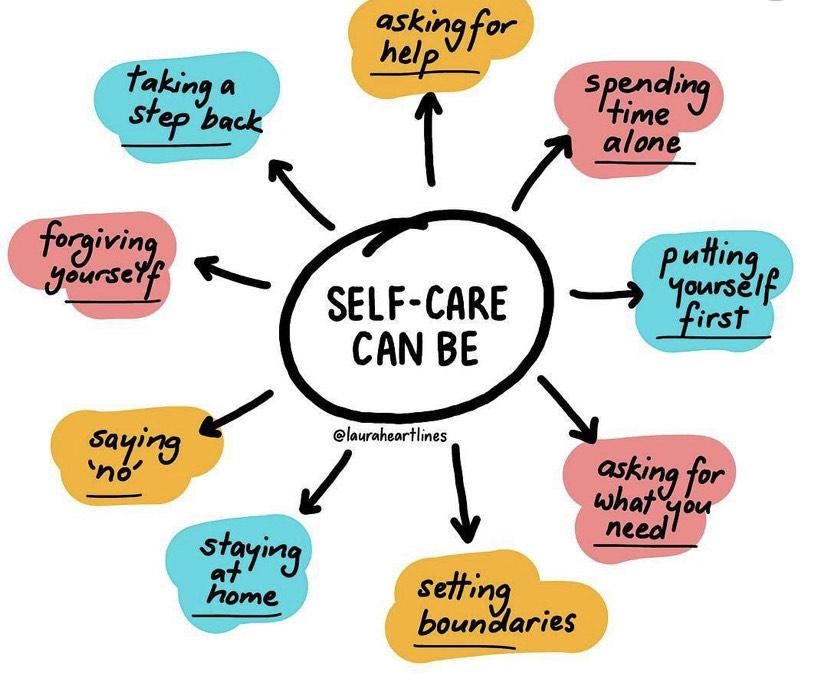
Essential Self-Care Practices for a smooth recovery
Prioritizing your well-being during the recovery phase is crucial for a successful dental implant experience. Begin by focusing on proper nutrition; a well-balanced diet will not only aid in your healing but also bolster your immune system. Consider including:
- Soft Foods: Mashed potatoes,yogurt,and smoothies.
- Nutrient-Rich Options: Leafy greens,fruits,and lean proteins.
- Hydration: Plenty of water to keep your body hydrated and promote healing.
Equally crucial is maintaining oral hygiene. Post-surgery, gentle care is essential to avoid complications. Employ the following strategies to keep your mouth clean while minimizing discomfort:
- Rinse with Salt Water: A mild saltwater solution can soothe your gums and help prevent infection.
- Use an Antibacterial Mouthwash: This can further reduce the risk of bacteria.
- Soft-Bristled Toothbrush: Opt for a toothbrush that is gentle on sensitive areas.
don’t forget the importance of managing pain and swelling. Implementing specific self-care techniques can make your recovery smoother. Keep in mind the following remedies:
- Cold Compress: Applying this to the outside of your face can definitely help reduce swelling.
- Over-the-Counter Pain Relievers: Use as directed to help alleviate discomfort.
- Rest: Ensure you get plenty of sleep, which is vital for recovery.
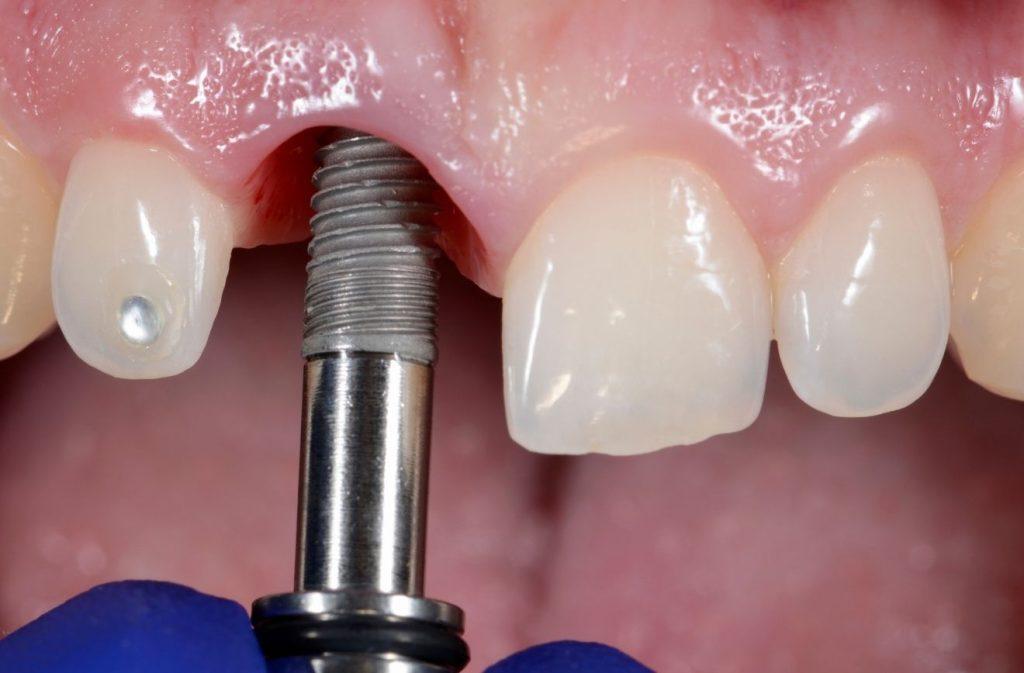
Recognizing Signs of Complications and When to Seek Help
After undergoing dental implant surgery, it’s crucial to monitor your recovery and be aware of any signs that could indicate complications. Common symptoms to watch for include excessive swelling or bruising, which can surpass the typical healing process. If you experience intense or prolonged pain that doesn’t improve with medication, it could hint at an infection or other issues. Additionally, look out for bleeding that doesn’t stop after a few hours or any unusual discharge from the surgical site, as these may require immediate attention.
In some cases, you might notice a lack of betterment in your daily comfort or functionality. If you are unable to resume your normal activities within the expected timeline, it would be wise to reach out to your dental professional. Other warning signs include fever or chills,which could indicate an underlying infection.ensuring oral hygiene is maintained during recovery is vital; though, if you notice that your cleaning regimen becomes painful or causes further irritation, it’s essential to consult with your dentist.
Here’s a rapid reference table for recognizing signs of complications:
| Symptoms | Action Required |
|---|---|
| Excessive Swelling or Bruising | Contact your dentist instantly |
| Intense Pain after Medication | Seek urgent care |
| prolonged Bleeding | Visit your dental professional |
| Fever or Chills | Call your healthcare provider |
Prompt communication with your dentist is essential for minimizing any potential risks. Remember, while some discomfort is expected post-surgery, anything that feels out of the ordinary should not be ignored. Taking the time to monitor your recovery closely will help pave the way for a successful healing process.
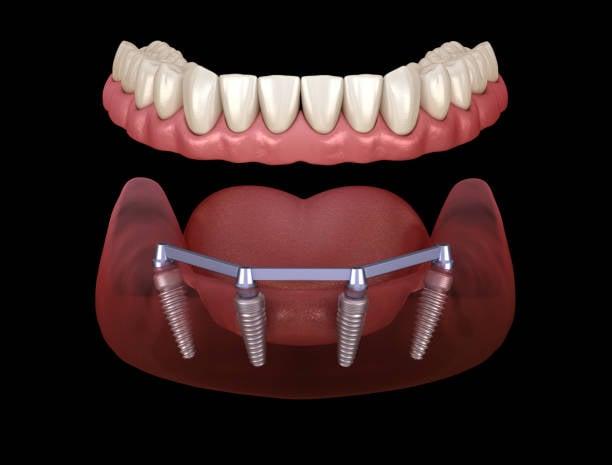
Long-Term Maintenance: Ensuring the Longevity of Your dental Implants
Maintaining your dental implants requires a proactive approach that extends beyond the initial recovery phase. Regular dental check-ups are essential for monitoring the health of your implants and surrounding gums.During these visits,your dentist can detect early signs of complications and ensure that your implants are functioning optimally. It’s recommended to visit your dentist at least twice a year for professional cleanings and evaluations.
Establishing a solid oral hygiene routine is crucial for the longevity of your implants. This includes:
- Brushing twice a day with a soft-bristled toothbrush and non-abrasive toothpaste.
- Flossing daily to remove plaque buildup around the implant and adjacent teeth.
- Using an antimicrobial mouthwash to help reduce bacteria in your mouth.
In addition to these practices, consider incorporating water flossers or interproximal brushes into your routine to reach areas traditional brushing may miss. By prioritizing your dental hygiene, you not only protect your implants but also contribute to your overall oral health.
Understanding the potential risks associated with dental implants can also aid in their long-term success. While implants are designed to last, factors such as smoking, poor diet, and underlying health conditions can adversely affect their longevity. Educating yourself about these risk factors allows you to make informed lifestyle choices that support the durability of your implants.
Wrapping Up
As we conclude our exploration of recovery after dental implant surgery, it’s essential to remember that each journey to healing is uniquely its own, marked by personal experiences and timelines. Just like blooming flowers, your recovery will take time, patience, and care. by following the tips outlined in this article and adhering to your dentist’s advice, you can navigate this restorative phase with confidence.
Take it one day at a time, allowing your body to heal and adjusting to your new implants. Celebrate the small victories along the way—each step bringing you closer to a stunning smile and renewed confidence. As you embark on this healing journey, keep in mind that your patience and self-care will pave the way for a successful outcome.
Ultimately, every moment spent nurturing your recovery is an investment in your ongoing oral health and well-being. Here’s to smoother healing and the bright days ahead where you can smile freely, showcasing those newfound teeth with pride!
